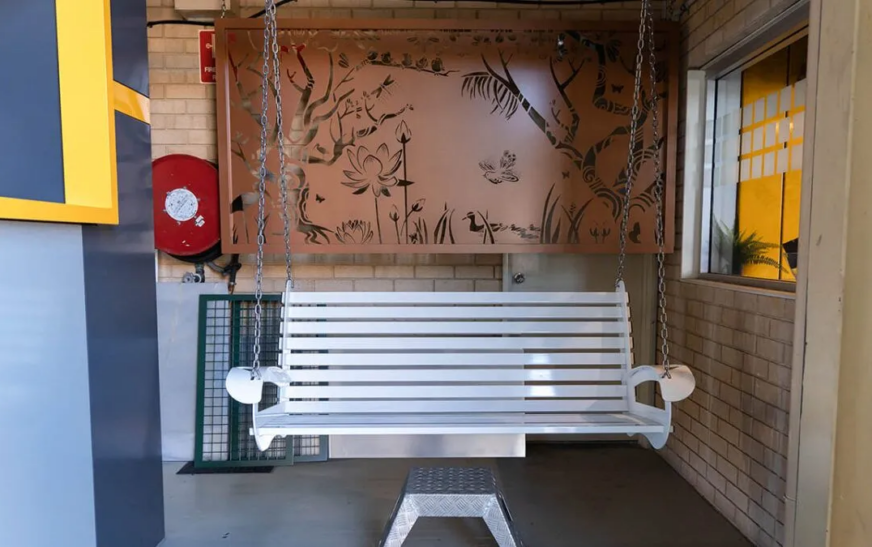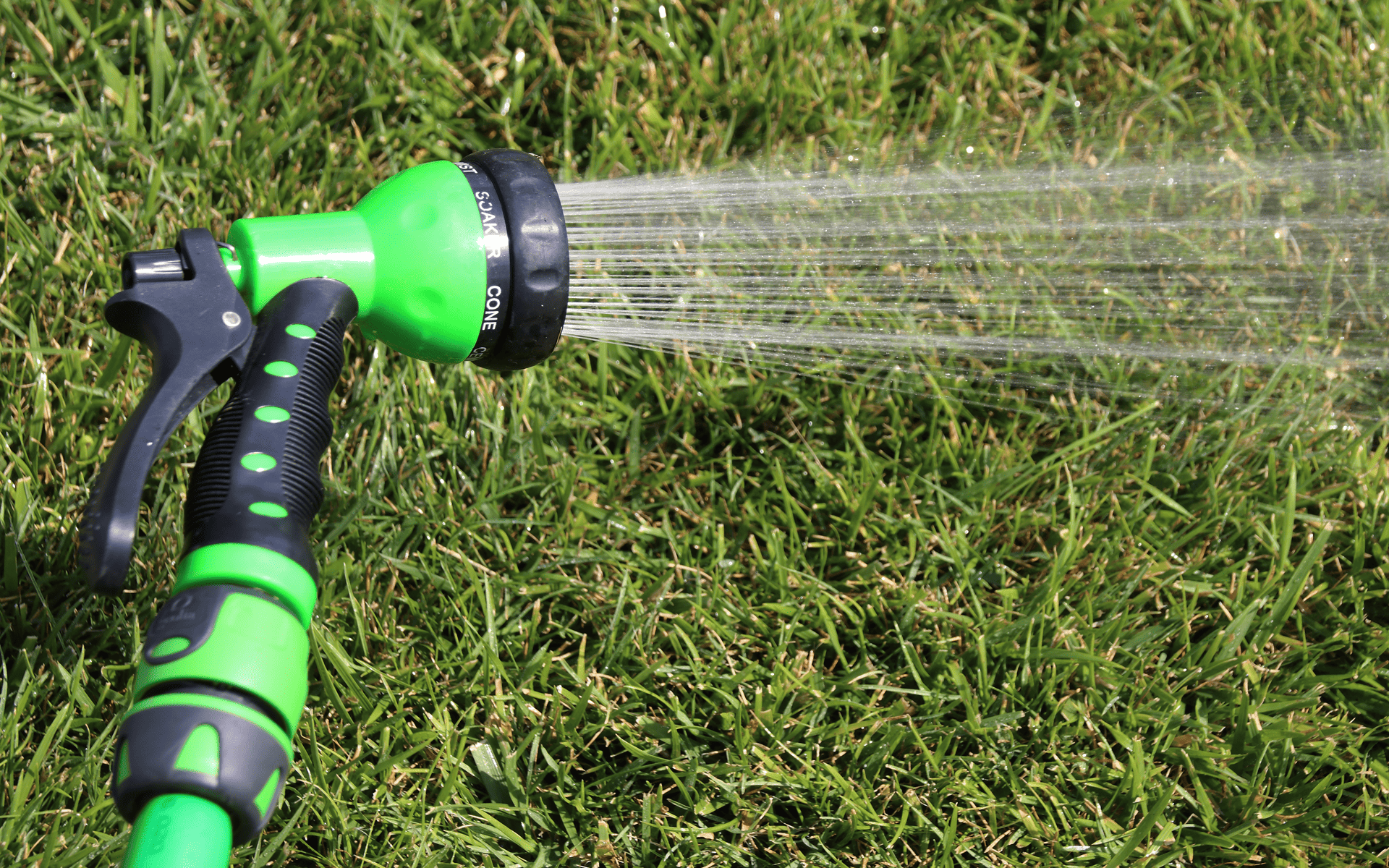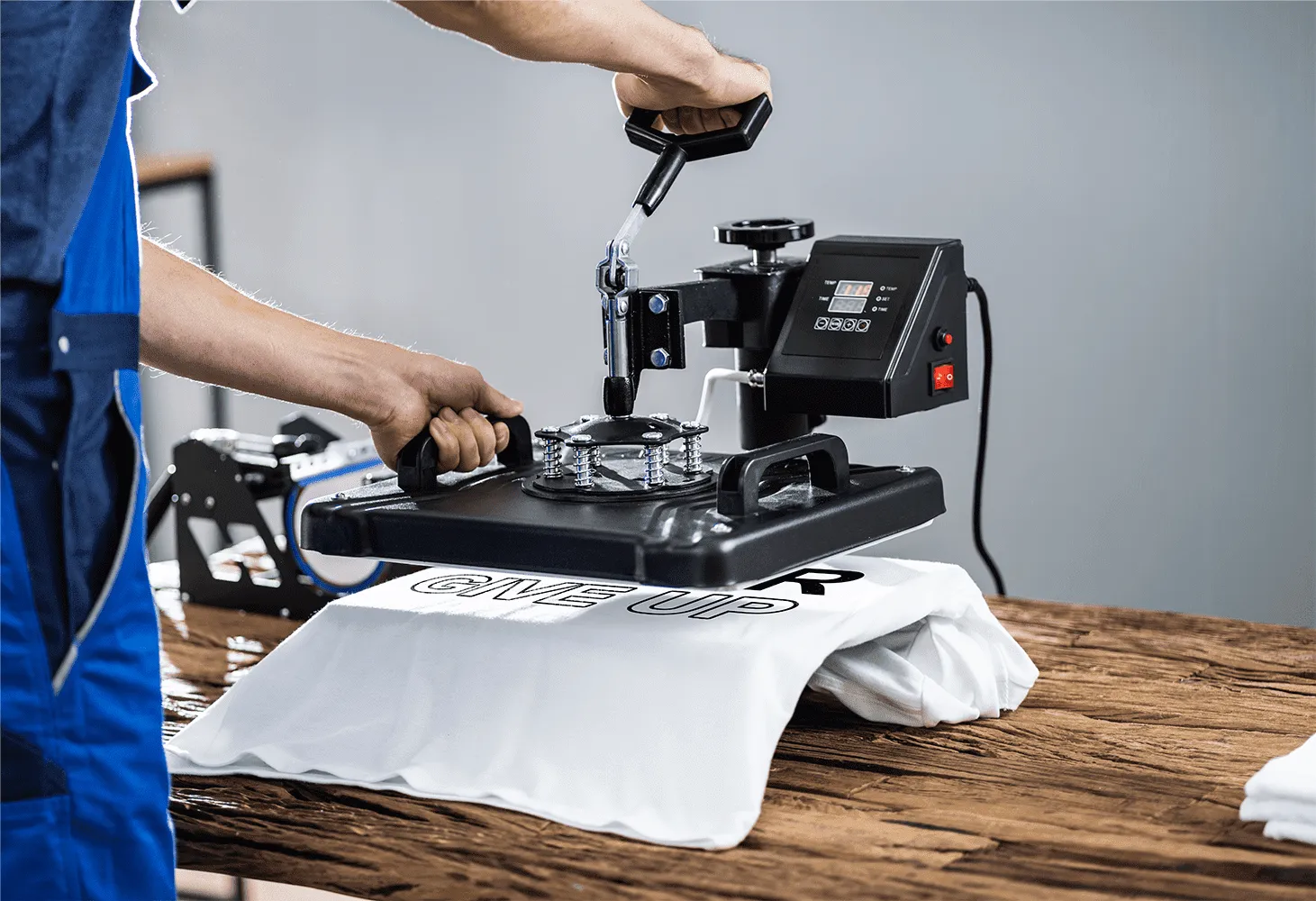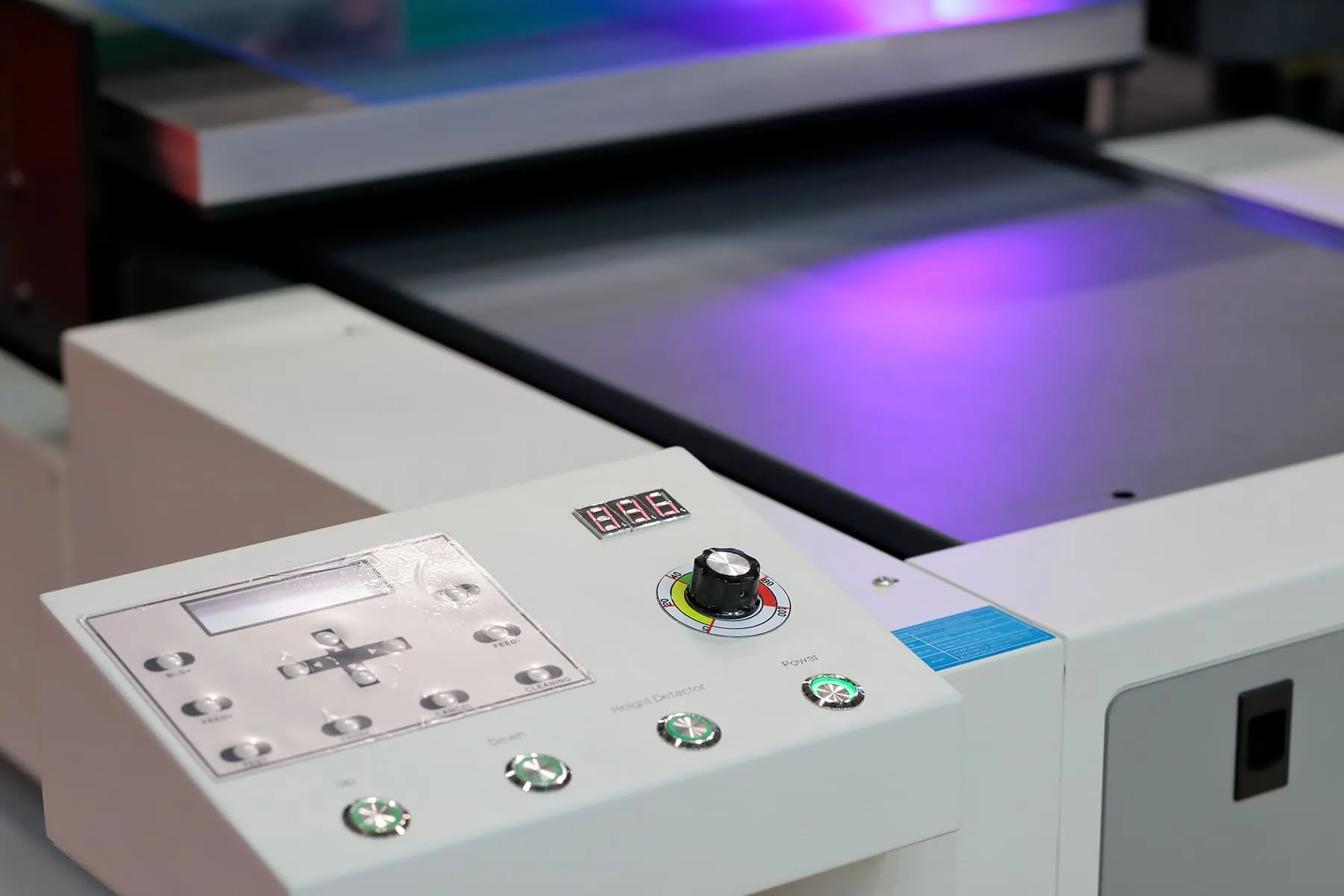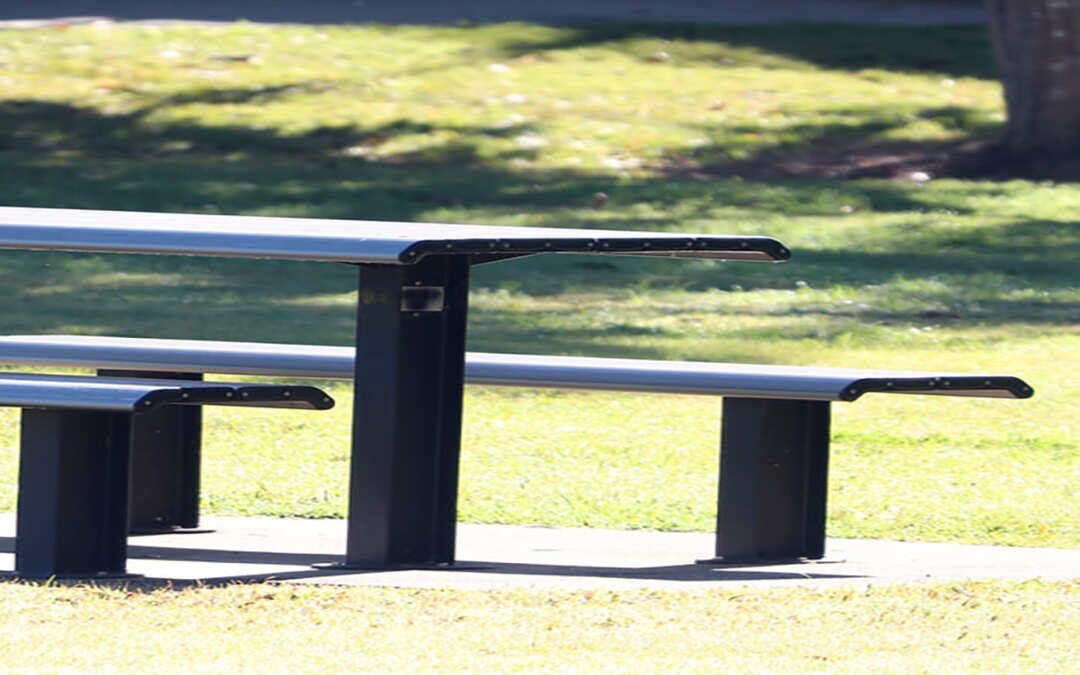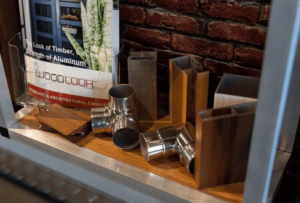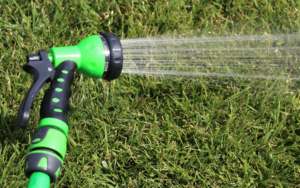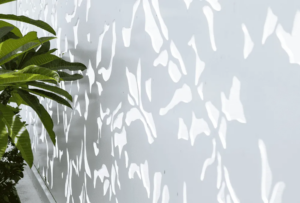Aluminium extrusions are revolutionising the way furniture is designed and built. Lightweight, durable, and versatile, aluminium extrusions offer endless possibilities for creating functional and stylish furniture pieces. Whether you’re a professional furniture maker or a DIY enthusiast, this material can elevate your projects to the next level.
Here’s how aluminium extrusions can be used to build furniture and why they’re becoming a go-to material for many.
What Are Aluminium Extrusions?
Aluminium extrusions are shaped profiles created by forcing aluminium through a die. This process forms lightweight yet strong pieces with various cross-sectional shapes like T-sections, angles, or hollow tubes. These profiles are ideal for furniture-making because they combine strength, flexibility, and aesthetic appeal.
Unlike traditional materials like wood or steel, aluminium extrusions are highly resistant to corrosion, making them perfect for indoor and outdoor use. Their modern, sleek appearance is an added bonus for creating contemporary designs.
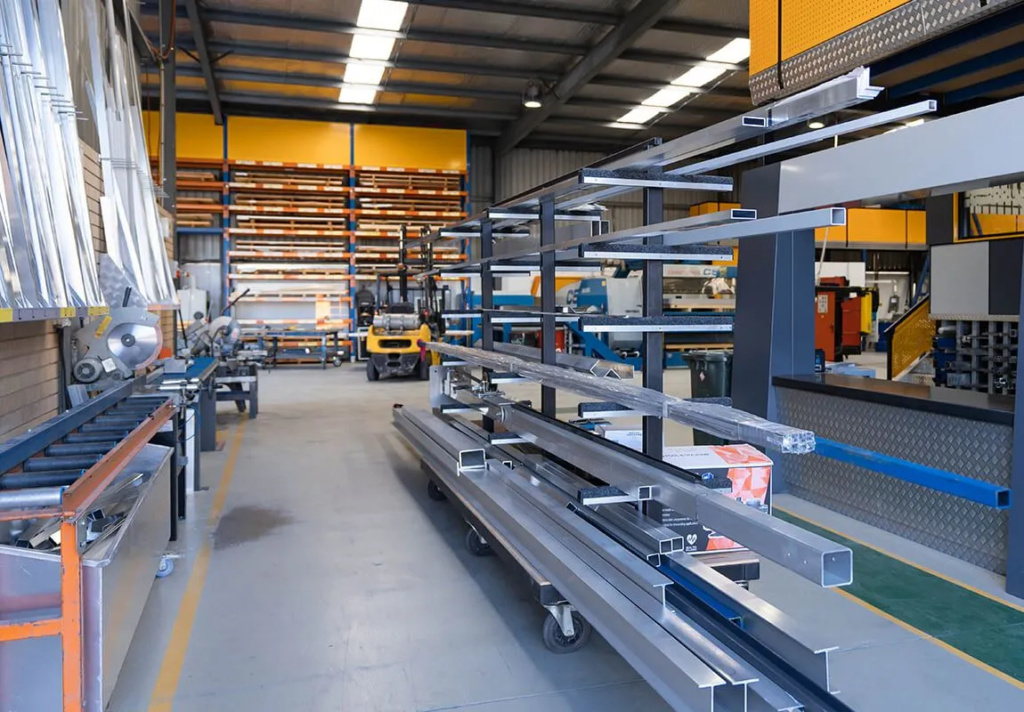
Benefits of Aluminium Extrusions in Furniture
One of the standout features of aluminium extrusions is their strength-to-weight ratio. They are lightweight enough to handle easily, yet strong enough to support significant weight. This makes them ideal for furniture like shelving units, tables, and chairs that need to be sturdy without being overly bulky.
Versatility in Design
Aluminium extrusions can be customised into almost any shape or size, allowing for intricate designs and tailored solutions. Whether you’re building minimalist furniture or more complex structures, the adaptability of aluminium extrusions ensures that your design vision can become a reality.
Corrosion Resistance
Unlike materials that may warp, rust, or degrade over time, aluminium extrusions are corrosion-resistant. This durability makes them particularly suitable for outdoor furniture or pieces exposed to high humidity, such as bathroom storage units.
Easy to Work With
Aluminium extrusions are simple to cut, drill, and join, making them perfect for both professional fabricators and DIY enthusiasts. With basic tools and connectors, you can create high-quality furniture pieces without specialised equipment.
Applications in Furniture Design
Aluminium extrusions are commonly used for creating the frames and supports of furniture. Their strength and lightweight nature make them a practical choice for:
- Tables and Desks: Aluminium extrusions can form sturdy yet lightweight frames, supporting a variety of tabletop materials like glass, wood, or even more aluminium.
- Shelving Units: These profiles are excellent for adjustable or modular shelving systems, offering both strength and a sleek appearance.
- Chairs and Benches: Durable and corrosion-resistant, aluminium extrusions ensure long-lasting seating solutions.
Modular Furniture
The versatility of aluminium extrusions makes them ideal for modular furniture. Connectors and brackets can join extrusions to create adjustable furniture pieces like expandable desks or reconfigurable storage units. These designs are perfect for modern living spaces where flexibility is key.
Outdoor Furniture
Thanks to their corrosion resistance, aluminium extrusions are widely used for outdoor furniture such as patio chairs, tables, and garden storage. The material can withstand Australia’s harsh weather conditions without deteriorating, making it a low-maintenance option for outdoor spaces.
DIY Furniture
For DIY enthusiasts, aluminium extrusions offer an approachable way to build custom furniture. They are easy to cut and assemble, allowing creators to experiment with unique designs. From simple shelving units to complex room dividers, the possibilities are endless.
Why Aluminium Extrusions Are Eco-Friendly
Another advantage of aluminium extrusions is their sustainability. Aluminium is one of the most recyclable materials on the planet, requiring significantly less energy to recycle than to produce from raw materials. By choosing aluminium extrusions for furniture projects, you’re not only creating durable pieces but also contributing to a more sustainable future.
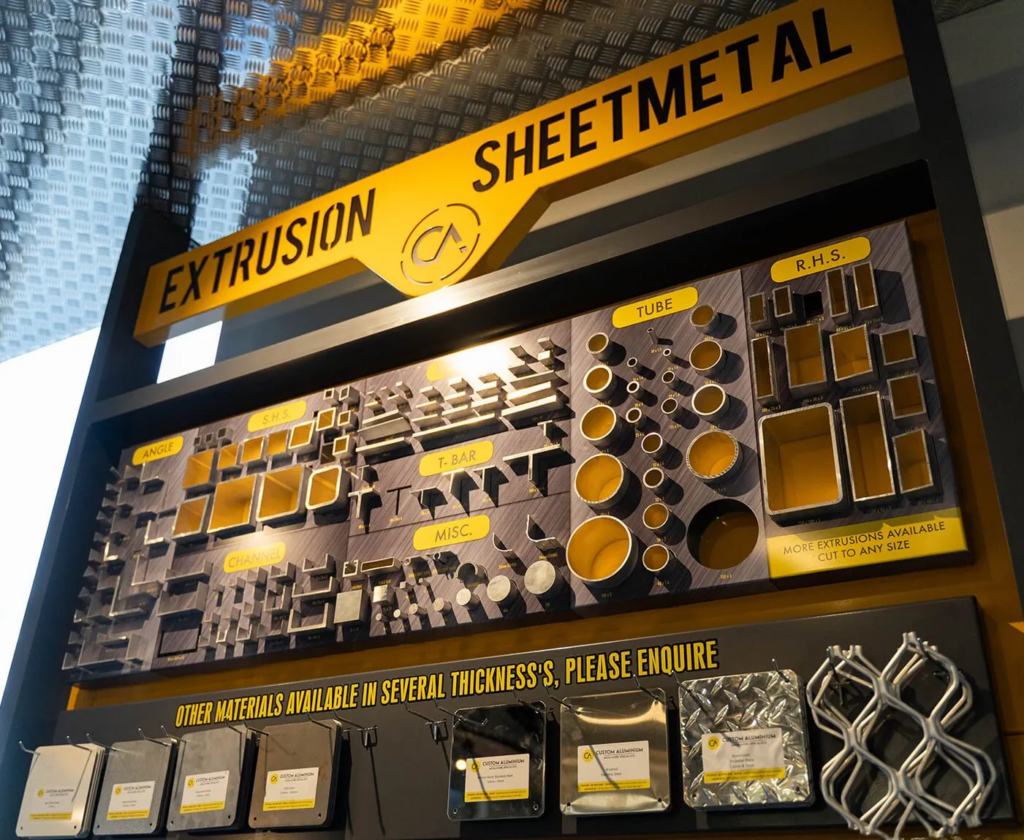
Tips for Using Aluminium Extrusions in Furniture Projects
The type of extrusion profile you choose will depend on your project. For example:
- Rectangular Tubes: Ideal for creating sturdy frames for tables or chairs.
- T-Slots: Perfect for modular furniture or designs that require adjustability.
- Angles: Great for bracing or reinforcing furniture corners.
Consider Finishes
Aluminium extrusions come in various finishes, including anodised, powder-coated, or brushed. These finishes enhance both the appearance and durability of your furniture. For instance, anodised finishes provide a sleek, modern look, while powder-coated surfaces offer additional protection against scratches.
Use Appropriate Connectors
To assemble furniture, you’ll need connectors such as brackets, hinges, or corner joints. These components make it easy to join aluminium extrusions securely while maintaining a clean look.
Combine with Other Materials
For added visual appeal, combine aluminium extrusions with materials like wood, glass, or fabric. For example, pairing an aluminium frame with a wooden tabletop creates a stylish contrast between modern and rustic elements.
Final Thoughts
Aluminium extrusions have transformed furniture-making by offering a combination of strength, versatility, and modern aesthetics. Whether you’re building outdoor seating, sleek office desks, or unique storage solutions, aluminium extrusions provide a reliable and stylish foundation for your projects.

